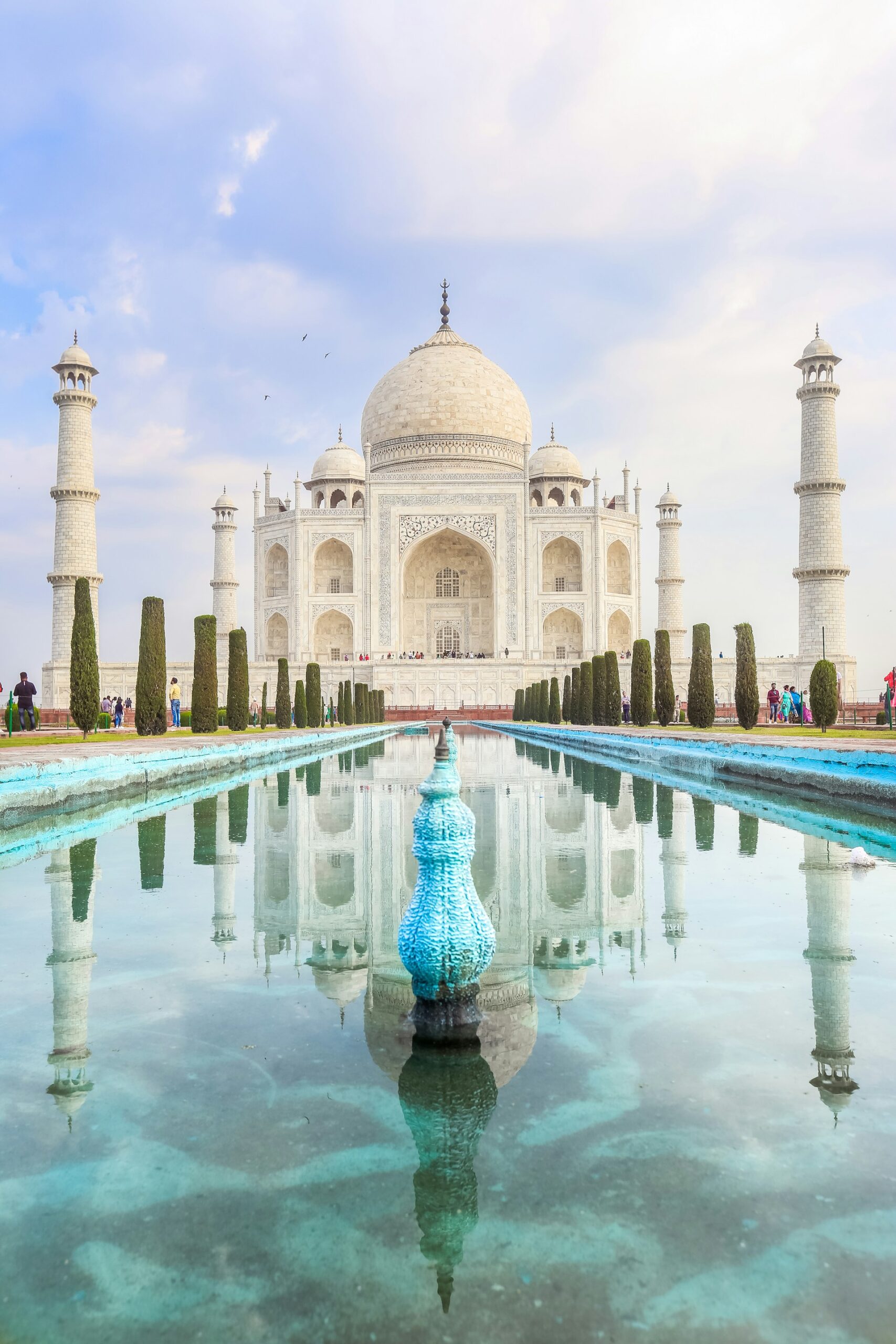
Introduction
The Taj Mahal, often hailed as the epitome of love, is one of the most iconic structures in the world. Located in the city of Agra, in the northern state of Uttar Pradesh, India, this magnificent mausoleum stands as a testament to the rich history, culture, and architectural genius of the Mughal era. Commissioned by Emperor Shah Jahan in memory of his beloved wife Mumtaz Mahal, the Taj Mahal is not just a monument, but a symbol of eternal love and an architectural marvel.
Historical Background
The story of the Taj Mahal begins in the early 17th century. Mumtaz Mahal, originally named Arjumand Banu Begum, was the favorite wife of Shah Jahan. She passed away in 1631 during childbirth, leaving the emperor heartbroken. In her memory, Shah Jahan decided to build the most beautiful mausoleum the world had ever seen. Construction of the Taj Mahal began in 1632 and took approximately 22 years to complete, employing thousands of artisans and craftsmen.
Architectural Splendor
The Taj Mahal is an exquisite blend of Persian, Islamic, and Indian architectural styles. The structure is made entirely of white marble, which was sourced from Makrana in Rajasthan. The intricate inlay work, known as pietra dura, involves the use of semi-precious stones such as lapis lazuli, turquoise, and jade to create beautiful floral patterns on the marble.
The central dome, which rises to a height of about 73 meters, is surrounded by four smaller domes and four slender minarets at each corner of the platform. These minarets are slightly tilted outward to protect the main tomb in case of an earthquake. The interior of the mausoleum houses the cenotaphs of Mumtaz Mahal and Shah Jahan, with the actual graves located in a lower chamber.
The Garden and Other Structures
The Taj Mahal complex is set within a large, rectangular charbagh (four-quartered) garden, which is divided by walkways and water channels. This garden layout is symbolic of the Islamic concept of paradise. The reflection of the Taj Mahal in the central water channel creates a mesmerizing sight, especially during sunrise and sunset.
To the west of the Taj Mahal stands a mosque made of red sandstone, and to the east is the jawab (literally “answer”), which is an identical building constructed for architectural symmetry. The mosque is still used for Friday prayers, adding a spiritual dimension to the site.
Cultural and Historical Significance
The Taj Mahal is not only a UNESCO World Heritage Site but also one of the New Seven Wonders of the World. It attracts millions of visitors from around the globe every year, making it a vital part of India’s tourism industry. Its timeless beauty has inspired poets, artists, and writers for centuries, and it continues to be a symbol of India’s rich cultural heritage.
Conservation Efforts
Despite its grandeur, the Taj Mahal faces several environmental and preservation challenges. Air pollution, industrial activities, and the growing number of tourists have taken a toll on the monument. The Indian government, along with international organizations, has been working on various conservation projects to preserve the Taj Mahal for future generations. Measures include controlling the pollution levels, restoring the marble, and managing the tourist flow to prevent damage.
Conclusion
The Taj Mahal stands as a testament to love, art, and architecture. Its beauty and elegance are unparalleled, making it one of the most admired structures in the world. As we look towards the future, it is essential to continue efforts to preserve this majestic monument, ensuring that it remains a source of inspiration and awe for generations to come. The Taj Mahal is not just a part of India’s heritage; it is a treasure for all of humanity.





